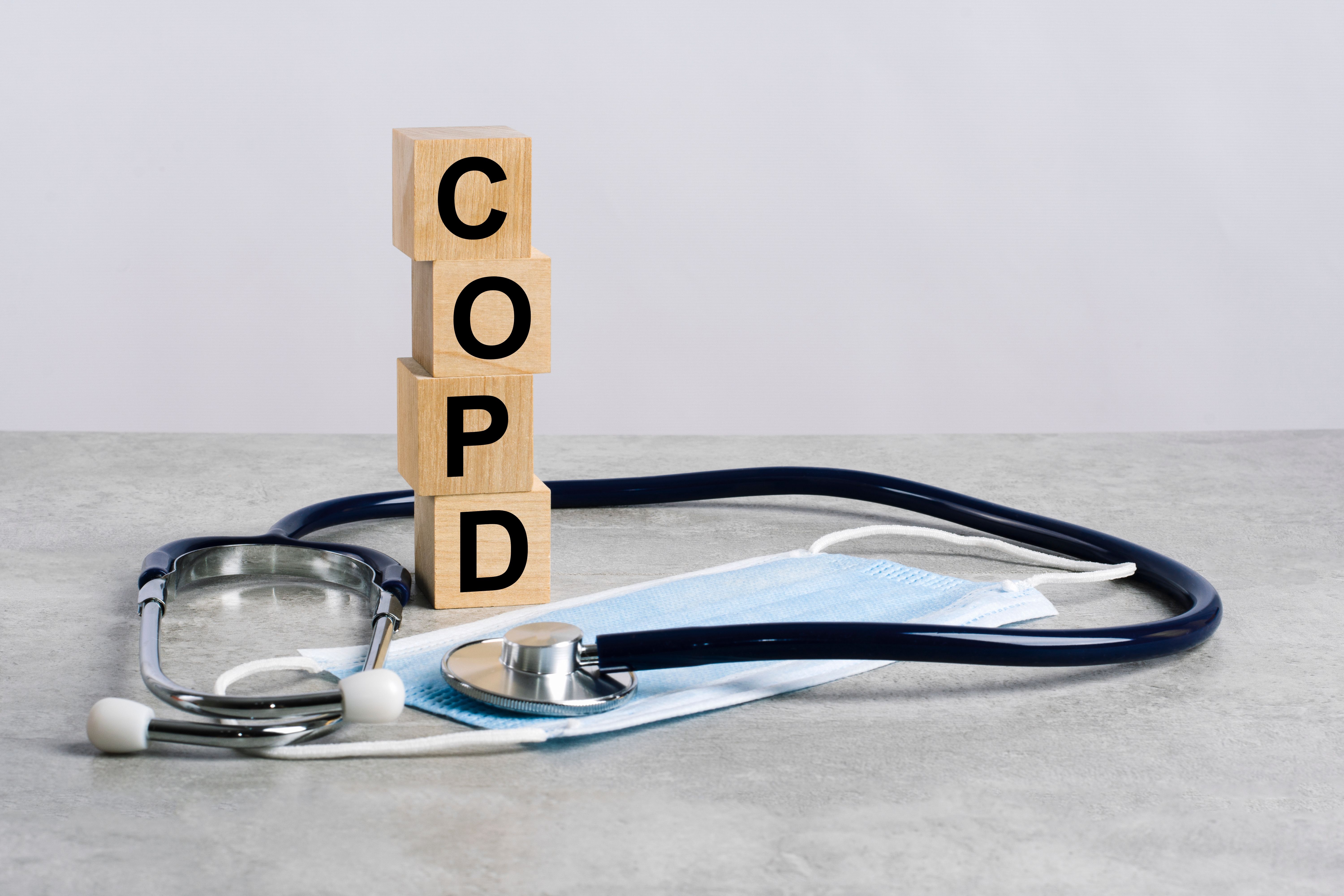Article
Study Assesses Symptomatic Nonobstructed Patients and Patients With Mild COPD
Author(s):
Researchers recently studied the adverse outcomes of symptomatic and asymptomatic nonobstructed individuals and those with mild chronic obstructive pulmonary disease (COPD) longitudinally, and found that the presence of respiratory symptoms in nonobstructed individuals was a predictor of mortality, lung function decline, and exacerbations.
Chronic obstructive pulmonary disease (COPD) represents a leading cause of death and has been considered as a consequence f poor lung development either before or after birth. Researchers recently studied the adverse outcomes of symptomatic and asymptomatic nonobstructed individuals and those with mild COPD longitudinally, and found that the presence of respiratory symptoms in nonobstructed individuals was a predictor of mortality, lung function decline, and exacerbations.
The study used 2 population-based surveys of adults with spirometry over a 5- to 9-year interval. The researchers assessed the impact of respiratory symptoms, such as cough, phlegm, wheezing, or dyspnea, in non-obstructed individuals and those who were classified as Global Initiative for Chronic Obstructive Lung Disease (GOLD) stage 1, COPD on exacerbation frequency, mortality and FEV1, decline, compared with asymptomatic individuals without airflow obstruction or restriction.
“Lung-function decline in GOLD stage I COPD patients was assessed previously in one large cohort, and asymptomatic participants had a slightly slower decline than those with chronic cough and phlegm. On the other hand, exacerbations have been associated with accelerated lung-function loss in subjects with established COPD, particularly those with mild disease,” noted the authors. “Recently, the relevance of respiratory symptoms in the prognosis, treatment selection and the natural history of COPD, especially in individuals with no airflow obstruction, has been emphasized, as well as the impact of mild airflow obstruction and both were considered a relevant research issue by the American Thoracic Society (ATS) and the European Thoracic Society (ERS).”
The results of the study revealed that non-obstructed symptomatic individuals had a marginal increased risk of mortality, increased mean forced expiratory volume in 1 second (FEV1) decline, and increased risk of 2+ exacerbations in the previous year. In addition, individuals with GOLD stage 1 had a marginal increase in mortality but a non-significant impact on FEV1 decline or exacerbations compared with non-obstructed individuals, according to the study.
“The presence of respiratory symptoms (cough, phlegm, wheezing, dyspnea) in non-obstructed individuals as well as mild airflow obstruction demonstrated a mild adverse impact on mortality and exacerbations and were associated with current smoking, exposure to other pollutants and bronchial asthma, requiring among other things improved anti-smoking strategies in health care,” concluded the authors. “Individuals with reduced FEV1 or FVC (moderate-to-severe airflow obstruction and those with spirometric restriction) had the highest mortality risk and constitute a priority target for diagnosis and treatment.”
Despite the limitations of the study—the researchers only observed the subjects on 2 occasions and the percentage of individuals with severe airflow obstruction was small—the researchers concluded that the results can be used to determine target therapies in the future.
Reference
Perez-Padilla R, Wehrmeister FC, Montes de Oca M, et al. Outcomes for symptomatic non-obstructed individuals and individuals with mild (GOLD stage 1) COPD in a population based cohort. [published online October 26, 2018]. Int J Chron Obstruct Pulmon Dis. doi: 10.2147/COPD.S175527.





